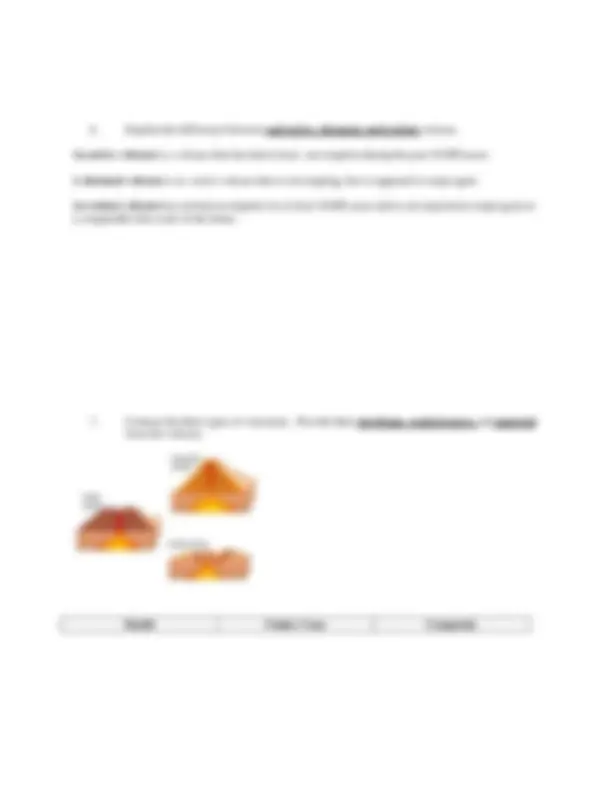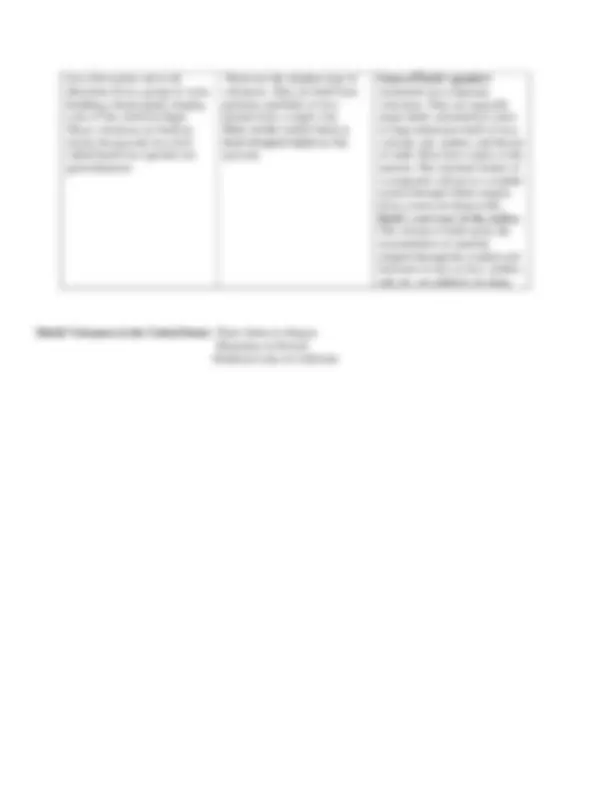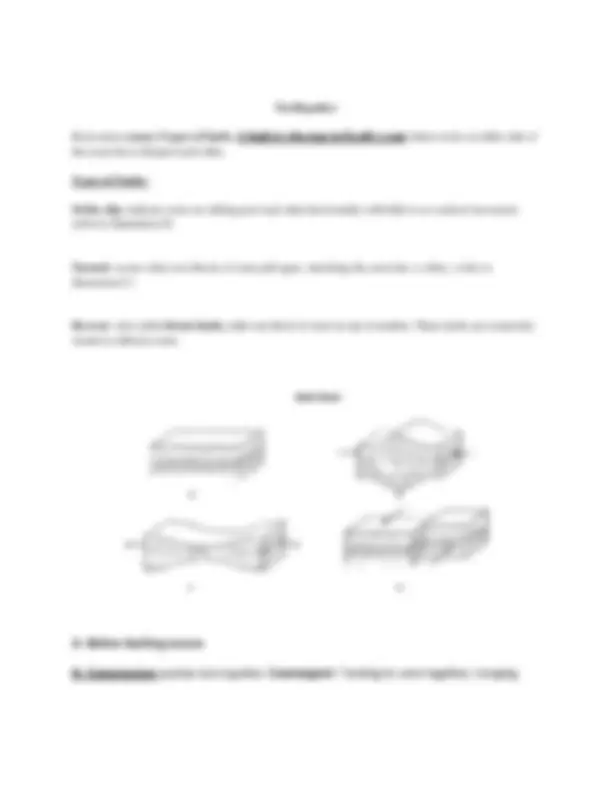





Study with the several resources on Docsity

Earn points by helping other students or get them with a premium plan


Prepare for your exams
Study with the several resources on Docsity

Earn points to download
Earn points by helping other students or get them with a premium plan
Community
Ask the community for help and clear up your study doubts
Discover the best universities in your country according to Docsity users
Free resources
Download our free guides on studying techniques, anxiety management strategies, and thesis advice from Docsity tutors
This study guide provides essential information about volcanoes, their locations, types, causes, and characteristics. Learn about the Ring of Fire, hot spots, the difference between magma and lava, the factors controlling volcanic explosiveness, and more. Also, discover the difference between active, dormant, and extinct volcanoes, and learn about the three main types: shield, cinder cone, and composite volcanoes.
Typology: Slides
1 / 6

This page cannot be seen from the preview
Don't miss anything!




The Ring of Fire is a ring of volcanoes around the Pacific Ocean that result from subduction of oceanic plates beneath lighter continental plates. Most of the Earth's volcanoes are located around the Pacific Ring of Fire because that the location of most of the Earth's subduction zones. This area is known as a volcanic belt. A volcanic belt is an area that has a large amount of volcanic action. Volcanic belts usually form around the boundaries of Earth’s plates.
Places known as hot spots are volcanic regions thought to be fed by underlying mantle that is anomalously hot compared with the surrounding mantle. They differ from most volcanoes in that they may be on, near to, or far from tectonic plate boundaries
Hot spots are due to hot mantle plumes that rise from the mantle.
Provide two locations in the United States where hot spots exist.
Hawaii and Yellowstone.
Three properties have the greatest impact on the explosiveness of a volcano. They are: 1. The composition of the lava, 2. The temperature of the lava, and 3. The gas content in the lava.
As the temperature increases, the melted rock becomes less dense than the solid rock surround it. The less dense material will rise through more dense material. Magma continues to rise until it either erupts or enters material with the same density, at which point it will form a magma chamber.
As the magma rises, bubbles can form from the gas in the magma. This gas increases in pressure in the magma. If the pressure becomes great enough, the overlying rock can fracture, at which point an eruption occurs Magma flows at different rates when volcanoes explode. The more silica in the magma, the easier the magma flows down the mountain.
Lava flow pours out in all directions from a group of vents, building a broad gently sloping cone of flat, domical shape. These volcanoes are built up slowly because the lava flow called basalt lava spreads out great distances.
These are the simplest type of volcanoes. They are built from particles and blobs of lava ejected from a single vent. Most cinder cones have a bowl-shaped crater at the summit.
Some of Earth’s grandest mountains are composite volcanoes. They are typically steep-sided, symmetrical cones of large dimension built of lava, volcanic ash, cinders, and blocks of earth. Most have craters at the summit. The essential feature of a composite volcano is a conduit system through which magma from a reservoir deep in the Earth’s crust rises to the surface. The volcano is built up by the accumulation of material erupted through the conduit and increases in size as lava, cinders, ash, etc. are added to its slope.
Shield Volcanoes in the United States : Three Sister in Oregon Mannakea in Hawaii Medicine Lake in California
Earthquakes
Rock stress causes 3 types of faults. A fault is a fracture in Earth’s crust where rocks on either side of
the crack have slid past each other.
Types of Faults:
Strike-slip- indicate rocks are sliding past each other horizontally with little to no vertical movement. (refer to illustration D)
Normal- occurs when two blocks of crust pull apart, stretching the crust into a valley. ( refer to
illustration C)
Reverse- also called thrust faults, slide one block of crust on top of another. These faults are commonly
found in collision zones.
A- Before faulting occurs